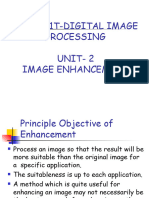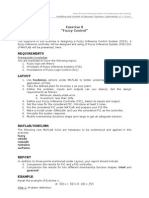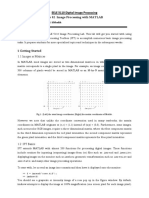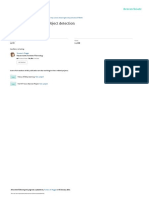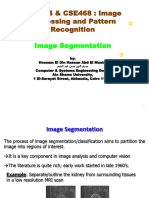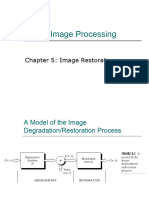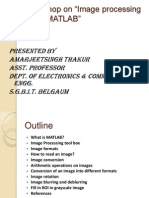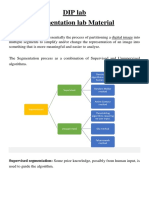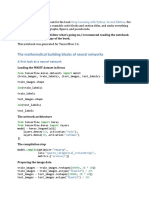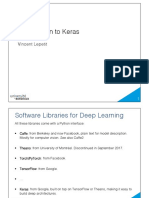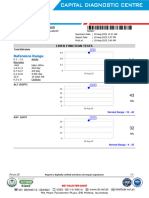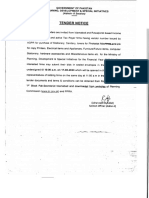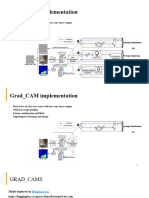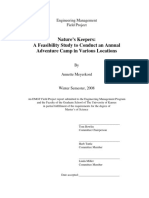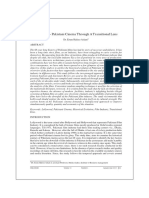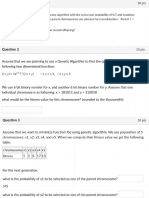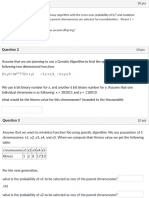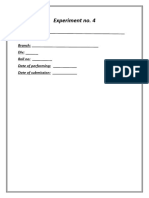0% found this document useful (0 votes)
240 views9 pagesLab 4-Image Segmentation Using U-Net
The document discusses UNET image segmentation and provides details about:
- UNET architecture - a powerful tool for pixel-wise image segmentation tasks.
- Data preparation - how to prepare labeled datasets for training image segmentation models.
- Fine-tuning and optimization - techniques for improving UNET model performance on specific segmentation tasks.
- Real-world applications - practical uses of UNET segmentation in medical imaging and autonomous vehicles.
Uploaded by
mbjanjua35Copyright
© © All Rights Reserved
We take content rights seriously. If you suspect this is your content, claim it here.
Available Formats
Download as PDF, TXT or read online on Scribd
0% found this document useful (0 votes)
240 views9 pagesLab 4-Image Segmentation Using U-Net
The document discusses UNET image segmentation and provides details about:
- UNET architecture - a powerful tool for pixel-wise image segmentation tasks.
- Data preparation - how to prepare labeled datasets for training image segmentation models.
- Fine-tuning and optimization - techniques for improving UNET model performance on specific segmentation tasks.
- Real-world applications - practical uses of UNET segmentation in medical imaging and autonomous vehicles.
Uploaded by
mbjanjua35Copyright
© © All Rights Reserved
We take content rights seriously. If you suspect this is your content, claim it here.
Available Formats
Download as PDF, TXT or read online on Scribd
/ 9


